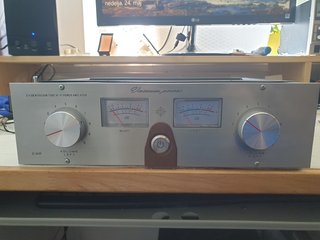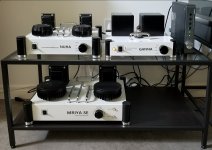Ahhhh too bad I see that most of those chips are not realistically available anymore. Due to how tidy it looks I thought it was a project that is easy to reproduce. That, and well just curiosity for how it all works so no real specific questions
Very nice build though
Thank you!
I still got five more bare PCBs left from the package - this is how my option for boards work: I need to order a panel. There was no changes done to the board during debugging so it is fully 'functional'. Just in case you come along cheap PCM1704 keep in mind that Sowter still could build 9055, I believe - they dropped them only recently.
Radiola,
This is a thing of beauty!
I can only imagine it sounds as good as it looks. I am a fan of the 6N6P.
I really became one during quarantine times too!
I am doing another project now with 6N6P as it sounds so damn refined and sophisticated. In DAC they are at 25mA per anode, pretty much in the datasheet range and it feels like it is also the best regime for the good sound.
Do you get any buzzing with the 2 side by side?
I actually started with 229E88 (like shown but that is an old picture) and these were just humming a bit but there were some other unpleasant things caused by too high of ohmic resistance of their secondaries. Fortunately the 229A88 is double the power in the same package so the board got the 6W 229A88 instead and it is very quiet now.
Parallel 4P1L Compact Vacuum Tube Amplifier
Input/driver tube is 6N2P-EV. Output tubes parallel 4P1L. Coupling caps are Russian FT-3 Teflon type. Bias voltage of 4P1L tubes provided by the small batteries. Output transformers are done by Automatic Electric Europe (AE Holland). Laminations 0.05mm thick and double c core. Amp has a switching power supply unit so it is compact and not heavy, around 8kgs.
Videos can be seen below
YouTube
YouTube

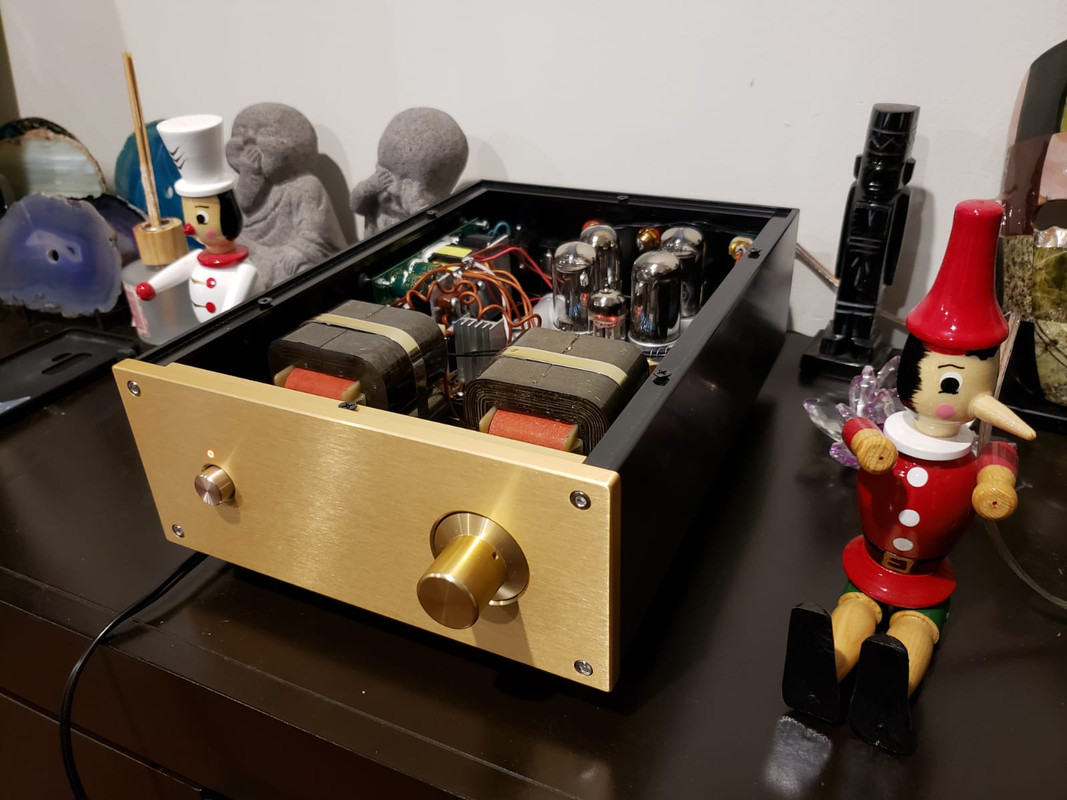

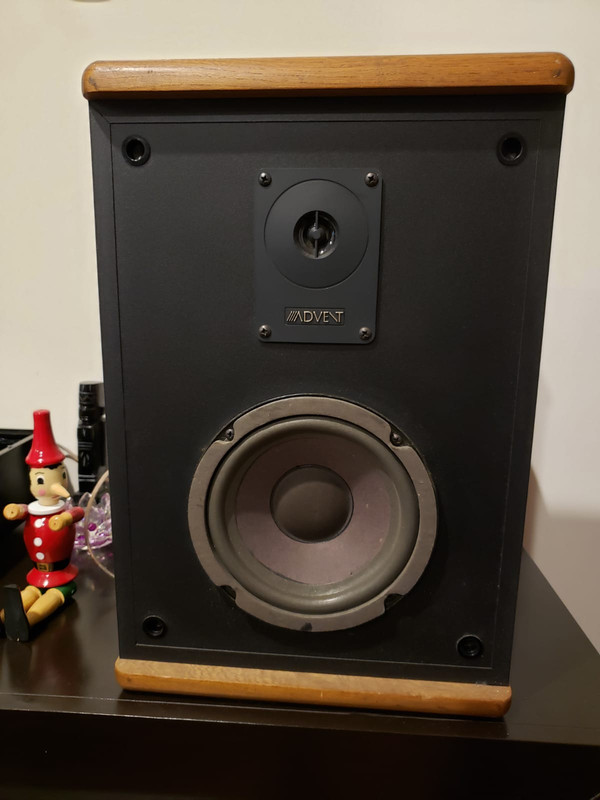
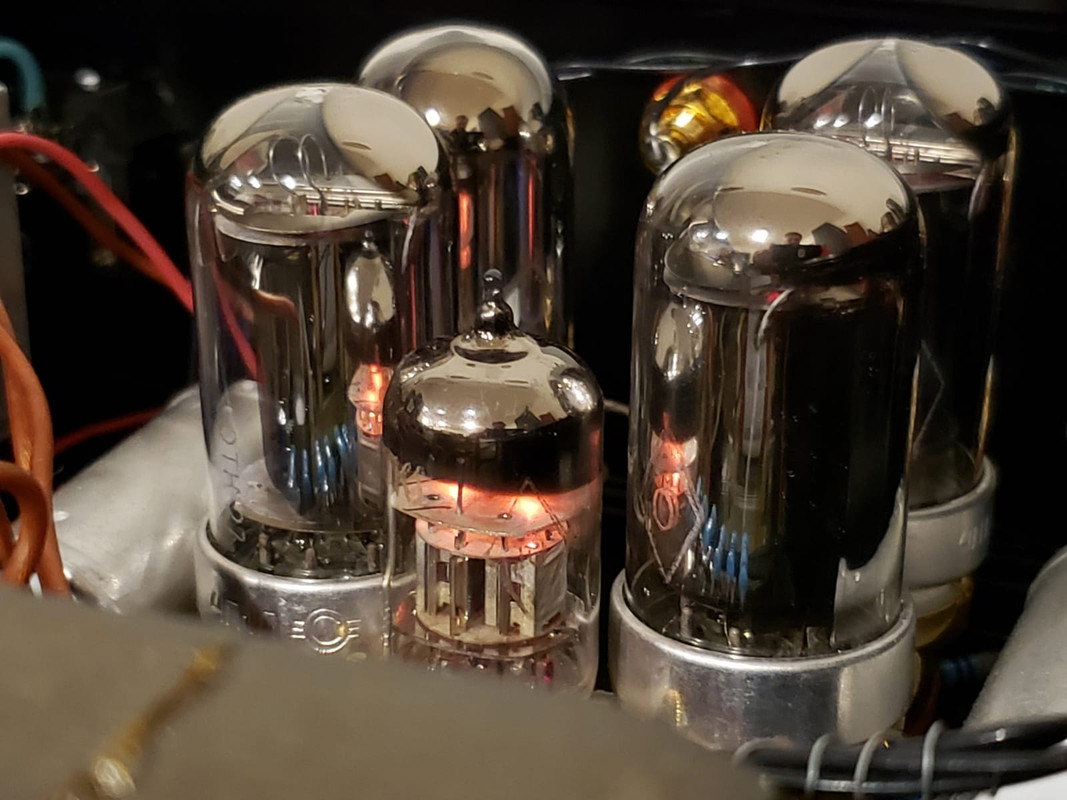

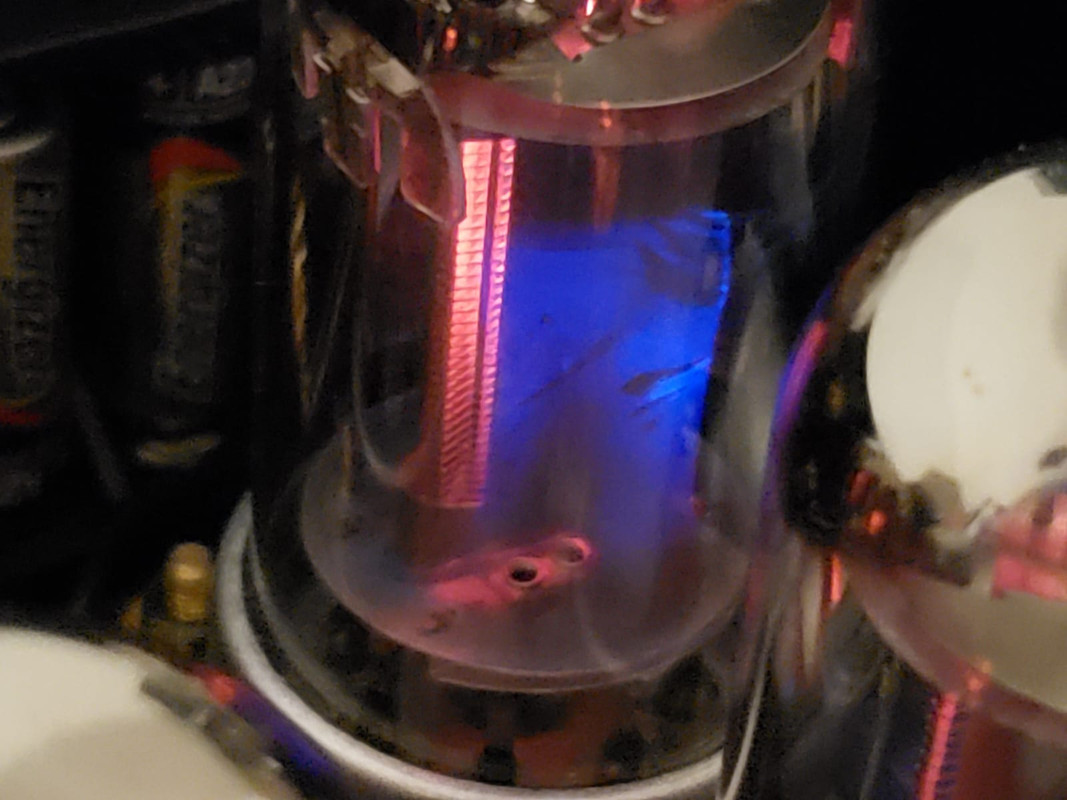 motivational poems for her
motivational poems for her
 https://poemsonly.com/poem/1208
https://poemsonly.com/poem/1208
 when i first saw you poem
when i first saw you poem

Input/driver tube is 6N2P-EV. Output tubes parallel 4P1L. Coupling caps are Russian FT-3 Teflon type. Bias voltage of 4P1L tubes provided by the small batteries. Output transformers are done by Automatic Electric Europe (AE Holland). Laminations 0.05mm thick and double c core. Amp has a switching power supply unit so it is compact and not heavy, around 8kgs.
Videos can be seen below
YouTube
YouTube






 motivational poems for her
motivational poems for her https://poemsonly.com/poem/1208
https://poemsonly.com/poem/1208 when i first saw you poem
when i first saw you poem
Last edited:
Had to find out how the new materials for labelling are working so re-did the front and back panels for the power amplifier. Also, in light of PP amplifier coming, it needed a SE in the name. A friend commented that they look swanky  They are not! The white is because this is how my way of putting the labels on works in the best way and the black is just because life is hard...
They are not! The white is because this is how my way of putting the labels on works in the best way and the black is just because life is hard...

Attachments
Last edited:
Had to find out how the new materials for labelling are working so re-did the front and back panels for the power amplifier. Also, in light of PP amplifier coming, it needed a SE in the name. A friend commented that they look swankyThey are not! The white is because this is how my way of putting the labels on works in the best way and the black is just because life is hard...

where did you get those round heatsink-cover-thingy-madodad things?
These are the car metal speaker grills. They come with a frame, so you screw the frame first to the LED heatsink and then the mesh grill could be added/removed just by hand. There is a myriad of those LED heatsinks available now so it is all off-the-shelf.
Here is an example of the grill I used.
Even the small heatsink on the preamp found the matching speaker cover!
- Home
- Amplifiers
- Tubes / Valves
- Photo Gallery
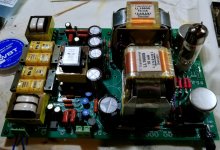
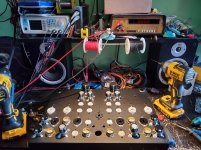
 Upload it as an attachment. Press go advanced to find attachments menu. Link to your C drive can't work as IMG.
Upload it as an attachment. Press go advanced to find attachments menu. Link to your C drive can't work as IMG.